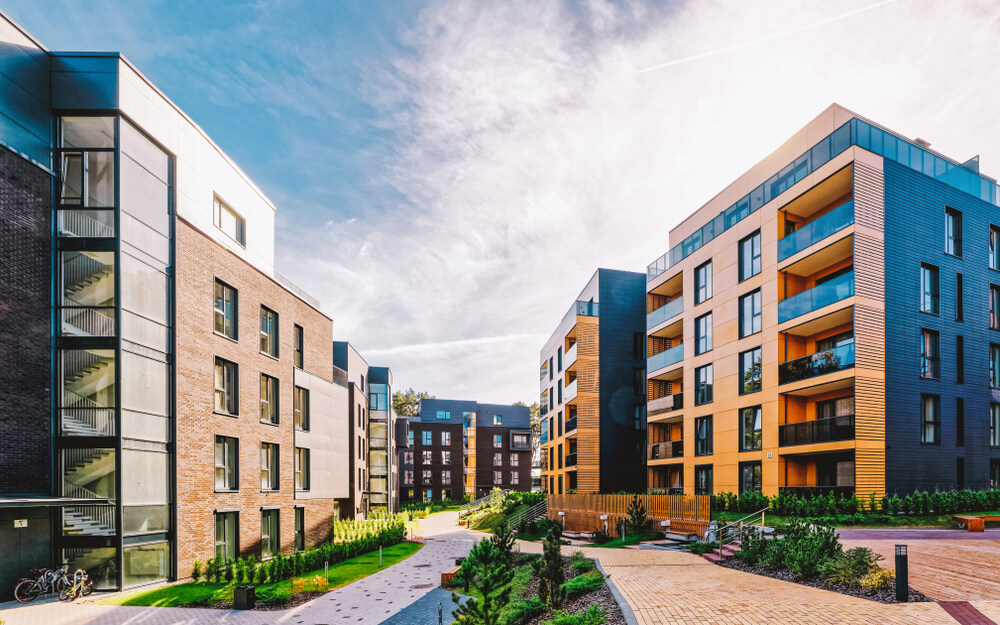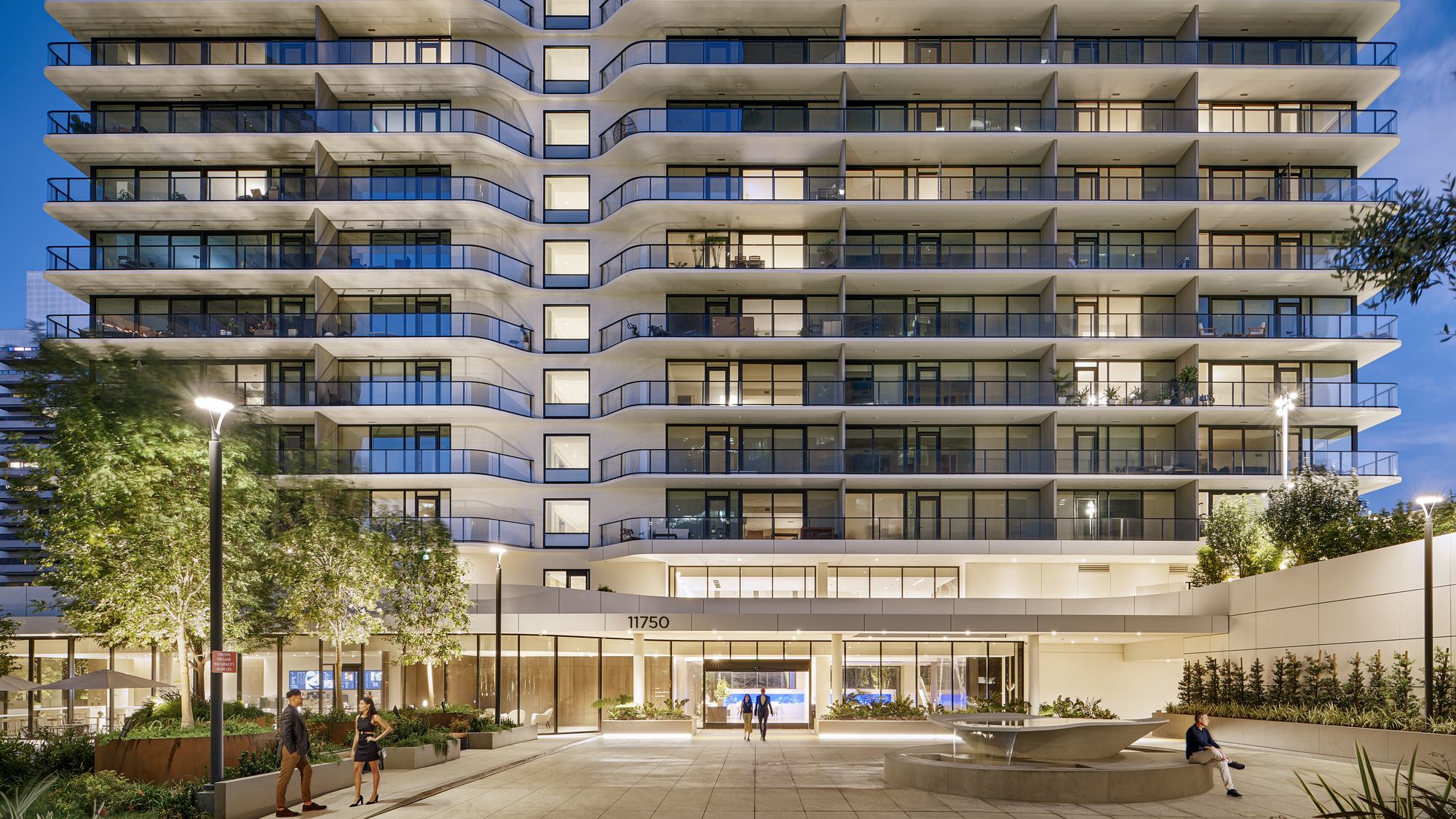An Overview
Community centers are crucial hubs for local interaction, education, and recreation. They offer a space for people to gather, engage in social activities, attend educational programs, and promote the overall well-being of the community. The development of such centers is particularly important for enhancing the quality of life in urban and rural areas alike. One of the entities that focus on such development projects in India is Estate Nirman Nigam (ENN), an organization dedicated to the planning, development, and construction of real estate infrastructure aimed at benefiting communities.
This essay explores the role of Estate Nirman Nigam in community center development, focusing on their mission, approach, and the societal impact of their projects.

1. Introduction to Estate Nirman Nigam (ENN)
Estate Nirman Nigam is a prominent organization that plays a key role in urban and rural development in India. While its primary focus is on constructing residential, commercial, and institutional buildings, it also undertakes the development of community infrastructure, such as community centers, parks, and public spaces. The establishment of a community center is part of a broader effort by ENN to promote sustainable development, foster community spirit, and improve social cohesion within urban settlements.
Estate Nirman Nigam works in collaboration with local governments, municipalities, and private partners to develop community infrastructure that can serve as focal points for community engagement, cultural exchange, and educational advancement.
2. The Importance of Community Centers
A community center is more than just a building; it is a place that fosters interaction, personal growth, and collective well-being. The importance of community centers can be outlined in the following ways:
-
Social Cohesion and Engagement: A community center serves as a gathering point for local residents, helping to build social ties. By providing space for social events, meetings, and recreational activities, it contributes to fostering a sense of belonging among community members.
-
Educational and Skill Development: Many community centers offer a wide range of educational programs, from after-school classes to adult education courses. They are also places for vocational training and skill development, equipping individuals with the tools to succeed in their careers and personal lives.
-
Recreation and Well-being: Community centers often provide facilities such as gyms, sports courts, and recreational areas. These amenities promote physical well-being, offering a place for residents to engage in physical activities, exercise, and participate in team sports.
-
Cultural and Artistic Expression: Cultural programs, art exhibitions, and music events can be hosted at community centers, providing an outlet for creative expression and cultural enrichment. These activities also foster a deeper sense of cultural identity and pride among the community members.
-
Support Services: Many community centers offer health services, counseling, and legal aid, particularly in underprivileged or marginalized areas. They can act as lifelines for individuals in need of social support.

3. ENN’s Approach to Community Center Development
Estate Nirman Nigam’s approach to community center development is rooted in a deep understanding of the needs of local populations and an emphasis on sustainable, inclusive design. Their community centers are typically characterized by:
a. Needs Assessment and Stakeholder Engagement
Before beginning any development project, ENN conducts extensive needs assessments to understand the specific needs and preferences of the community. This can involve surveys, interviews, and focus group discussions with local residents, community leaders, and government representatives. This engagement ensures that the design and services of the community center align with the actual needs of the population.
By involving the community in the planning process, Estate Nirman Nigam ensures that the center becomes a space that is well-used and appreciated by its intended users.
b. Sustainable and Inclusive Design
Estate Nirman Nigam is committed to sustainable development. Community centers designed by ENN often incorporate green building practices, such as the use of energy-efficient lighting, renewable energy sources like solar panels, and materials that minimize environmental impact. The goal is to create spaces that are not only beneficial to the community but also environmentally responsible.
In addition to sustainability, the centers are designed with inclusivity in mind. This includes ensuring accessibility for people with disabilities, providing multilingual signage in areas with diverse populations, and creating spaces that cater to all age groups—from children to the elderly.
c. Multi-Functionality
A key feature of ENN's community centers is their multi-functionality. These centers are not just a venue for socializing but also serve as a space for various activities, including educational workshops, healthcare services, training programs, and cultural events. The aim is to design centers that can cater to the diverse needs of the community, offering a flexible space that can be adapted to different purposes over time.
For example, a community center may have classrooms for educational programs, an auditorium for cultural events, and a gymnasium or sports area for recreational activities. By offering these diverse services under one roof, ENN maximizes the value of the space and ensures that it can meet the evolving needs of the community.

d. Partnerships with Local Authorities and Organizations
Estate Nirman Nigam works closely with local governments, NGOs, and other stakeholders in the community to ensure that the development of community centers aligns with broader urban planning strategies and social welfare objectives. Partnerships with local authorities help in the provision of necessary infrastructure, such as roads and public transportation, which can improve access to the community center.
Collaboration with local organizations also helps in identifying potential programs and services that could be offered at the center, ranging from health check-ups to career counseling and more.
4. Impact of Community Center Development
The development of community centers by Estate Nirman Nigam has a profound impact on local communities. The benefits are both tangible and intangible:
a. Social Benefits
Community centers help reduce social isolation by providing spaces for people to interact and engage with others from different backgrounds. They act as venues for community events, festivals, and celebrations, promoting inclusivity and harmony. These centers also help in resolving conflicts within communities by providing neutral spaces for dialogue and dispute resolution.
b. Economic Impact
Community centers create local job opportunities, both during the construction phase and once the center is operational. They may also serve as hubs for small businesses or startups, offering rental spaces for entrepreneurs or vocational training for individuals seeking employment. Furthermore, community centers often provide access to resources such as job listings, career counseling, and networking events that help boost economic mobility.
c. Cultural and Educational Growth
With the educational programs, workshops, and cultural events hosted in these centers, the intellectual and cultural life of the community flourishes. Residents gain access to learning opportunities they may not have had otherwise, improving overall educational outcomes and community knowledge.
d. Health and Well-being
With dedicated spaces for physical activities, health clinics, and mental health programs, community centers contribute to improving public health. The social interactions facilitated by these centers also have mental health benefits, reducing stress and promoting well-being.

5. Conclusion
The development of community centers by Estate Nirman Nigam plays a vital role in shaping inclusive, sustainable, and vibrant communities. Through thoughtful planning, collaboration, and a focus on long-term impact, these centers serve as pillars of social, economic, and cultural growth. They are not just physical spaces but catalysts for community development, where people can come together, learn, grow, and create a sense of belonging. As urbanization continues to grow, the role of community centers in strengthening social ties and improving the quality of life will only become more important, and Estate Nirman Nigam’s commitment to their development is an essential contribution to this vision.
